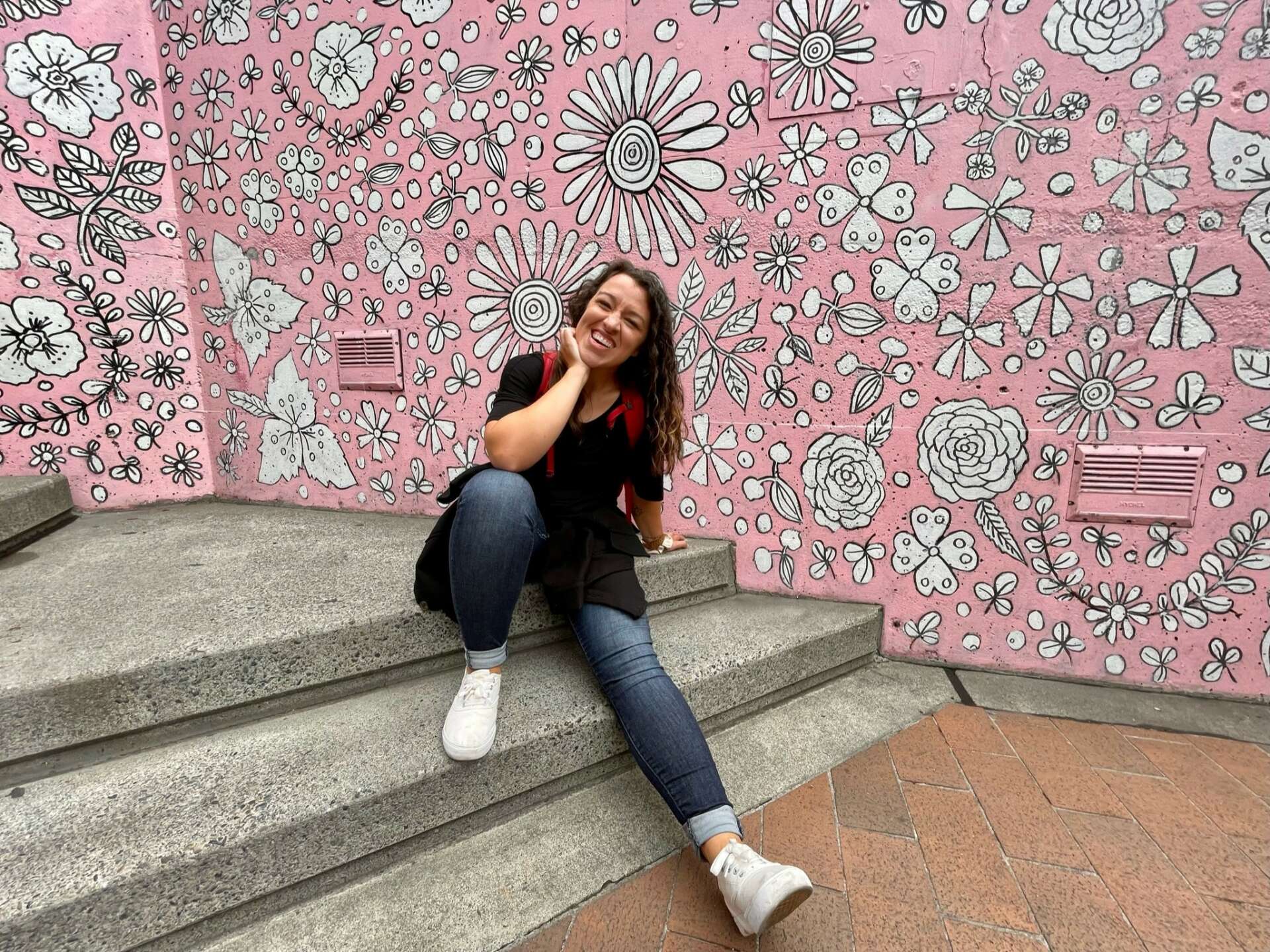Alright – so today we’ve got the honor of introducing you to Alyssa Shedlarski. We think you’ll enjoy our conversation, we’ve shared it below.
Alyssa, looking forward to hearing all of your stories today. What was your school or training experience like? Share an anecdote or two that you feel illustrate important aspects or the overall nature of your schooling/training experience.
I obtained my Doctorate of Physical Therapy from the University of Alabama at Birmingham. At that time, the program focused on critical thinking and a wholistic approach to medical care. While challenging, I learned to love the answer of “it just depends”. Following university, I completed a three year certification in manual therapy interventions. This catapulted my realization of how little modern medicine truly understands chronic pain. A course involving dry needling the fascial plane solidified the current trajectory for my career. Over the last five years, I have spent extensive time with people from a variety of social, economical and cultural backgrounds and how their belief systems influence their pain experience. I have been focusing my educational courses on learning a variety of modalities to address pain, and learn how to meet people in their current pain system.
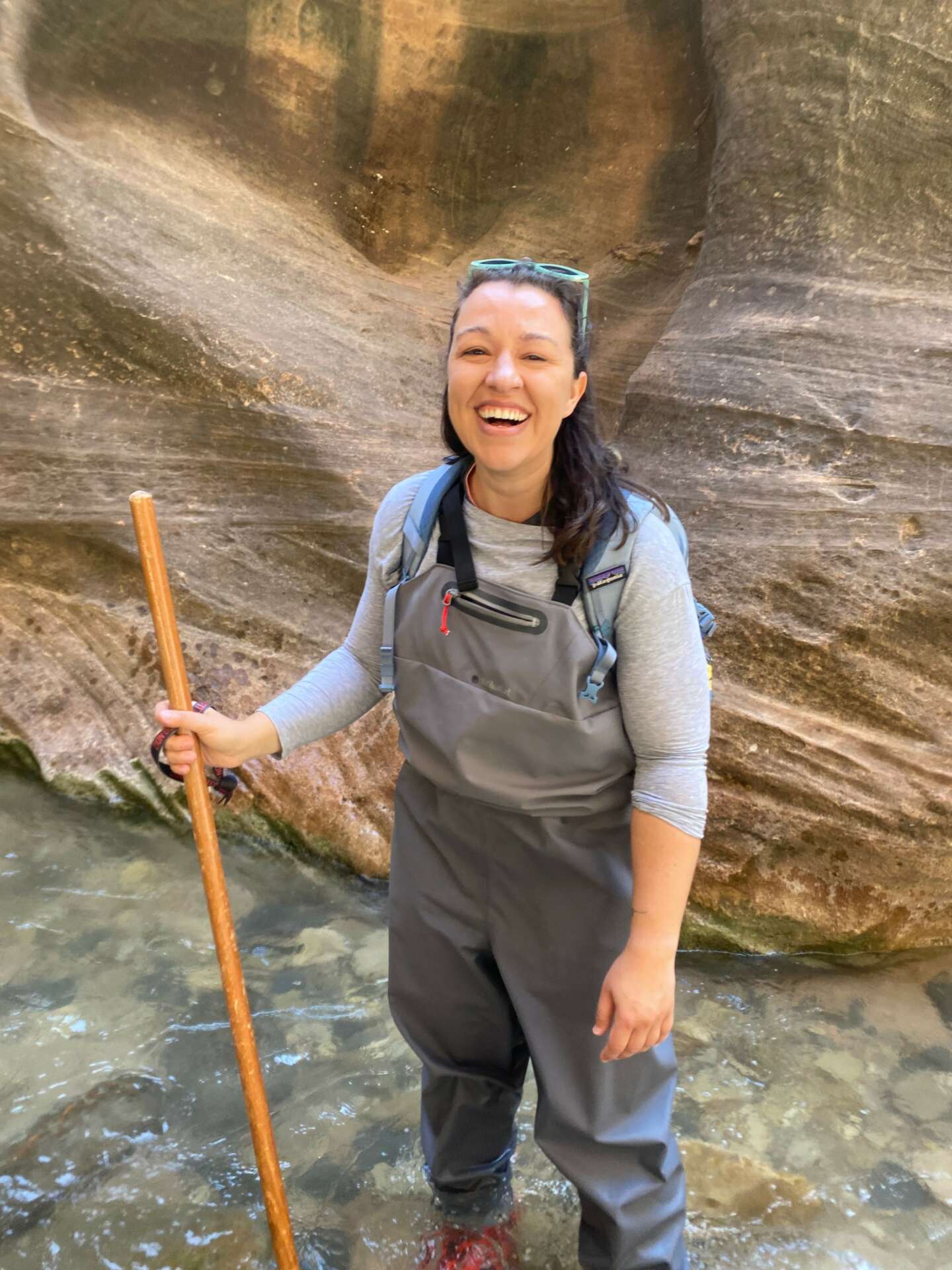
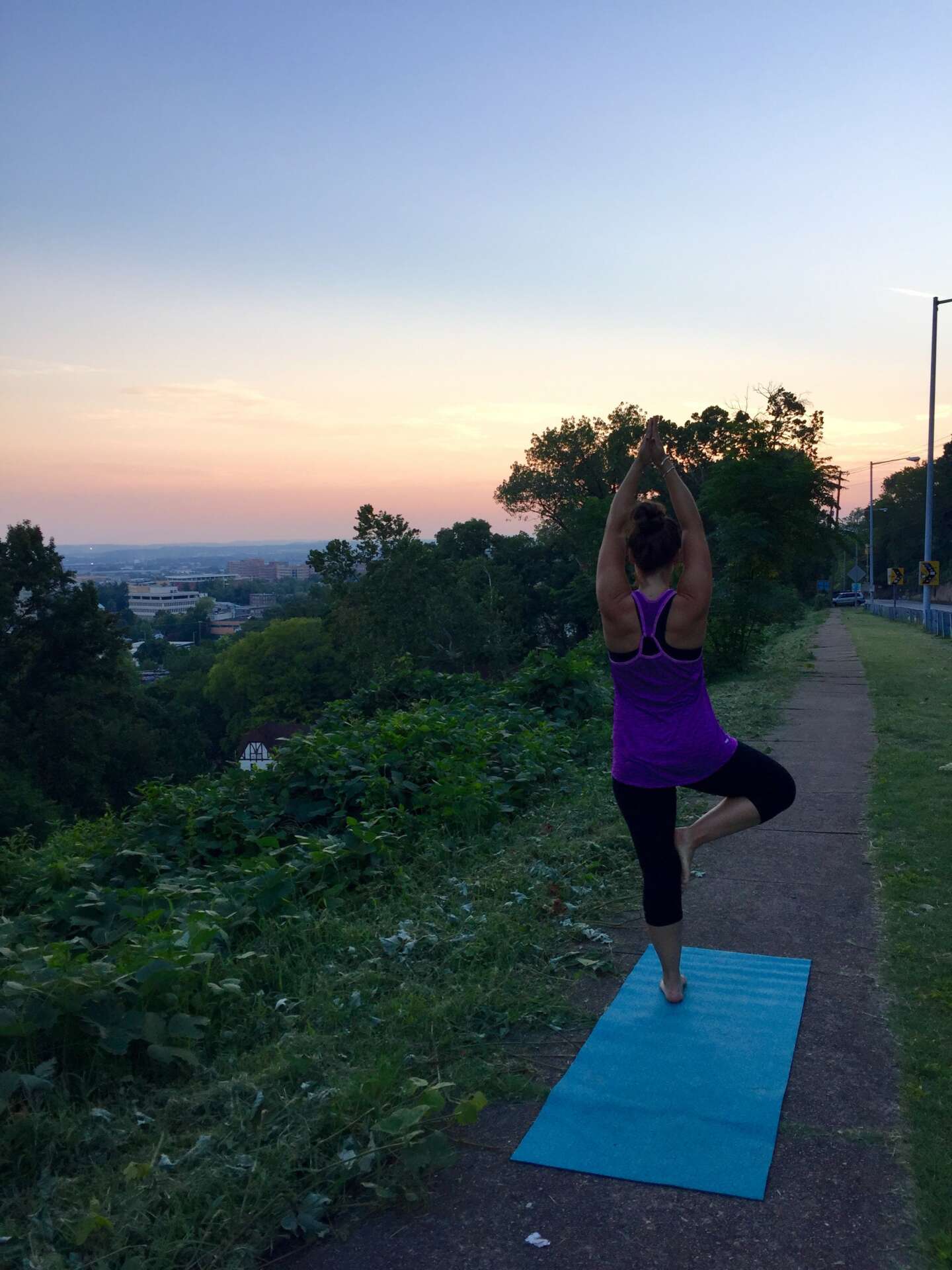
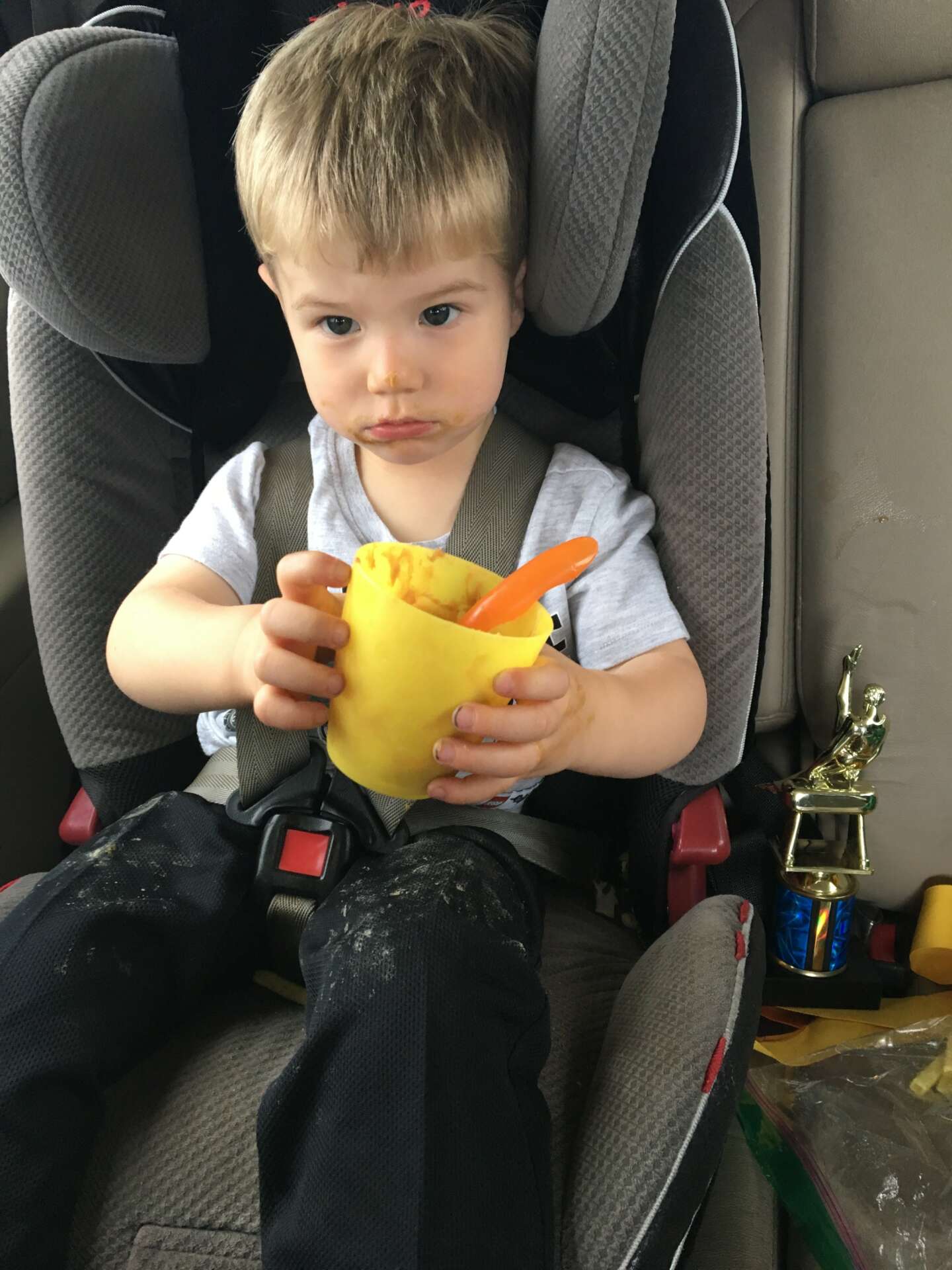
As always, we appreciate you sharing your insights and we’ve got a few more questions for you, but before we get to all of that can you take a minute to introduce yourself and give our readers some of your back background and context?
Hey! My name is Alyssa. I am a physical therapist and own a telehealth PT and wellness company. I have always loved helping people, and believe in a natural process of healing. I opened this company because I felt a majority of people were not getting the care they needed. I believed there could be a way for people to return to movements and activities with significant increases in their overall. Through experience, I have seen how the effects of emotional trauma can manifest in the body, and have experience at helping people move through this mind and body connection. While I utilize my knowledge of the human body and how it moves, I am different from traditional therapists in my approach to strength training. For a percentage of the population, changing the quality of movement makes all the difference in the pain experience. Many people are strong; they can squat, lift, push and pull; but they have pain with those motions because of faulty movement patterns.
I am incredibly proud of this company and find immense pride in helping people improve their quality of life. Movement is a basic necessity of life. I fully believe that people should have the ability to receive quality care that encompasses their entire pain process.

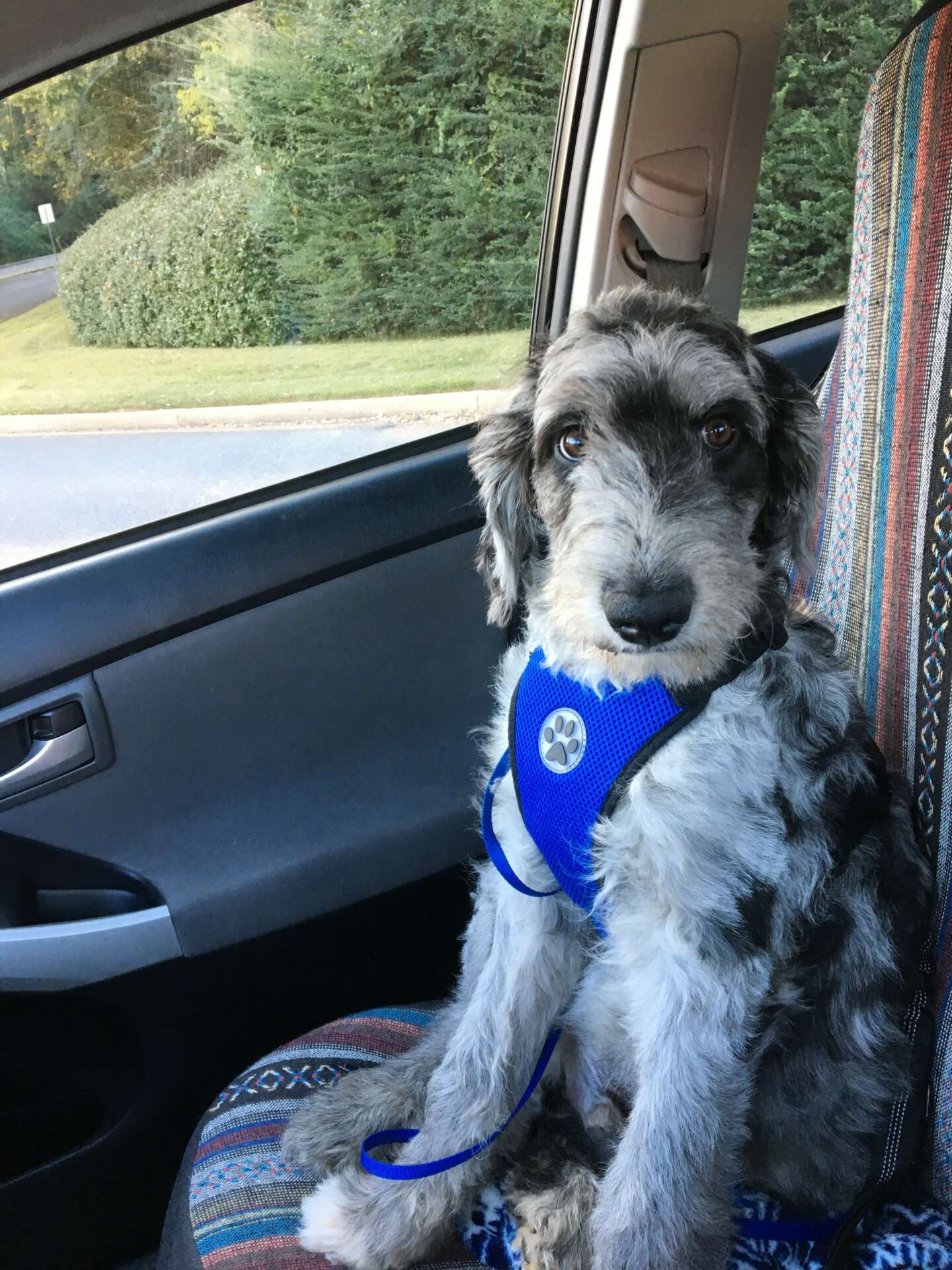
We often hear about learning lessons – but just as important is unlearning lessons. Have you ever had to unlearn a lesson?
A tough lesson to learn as a medical practitioner is “best practice”. While in formal education and internships, the opinions of medical professionals with more experience are readily available, and this was comforting as a new practitioner. It is incredibly easy as a novice practitioner to believe the standard of care is what the experienced practitioners are doing. Early in my career, I heavily dosed exercise and focused on restoring “normal” joint mechanics for every patient. While this is ideal in theory, it took several years to realize the impact this was leaving on a small population of my patients. I was constantly confused why only some patients were progressing and doing well, but not all. It took bold and courageous patients to speak honestly with me about their care. While they never felt neglected, they would be honest on the dosing or manual interventions. These experiences were humbling and unnerving- it simply went against so many things I learned through great practitioners. It is increasingly difficult to work in a career where the same outcome can be achieved at least fifteen different ways. Each patient will respond differently to the same interventions. The most important lesson I learned from all of this is to listen to the patient. Their voice is the most important factor in achieving high levels of care and improving their quality of life.

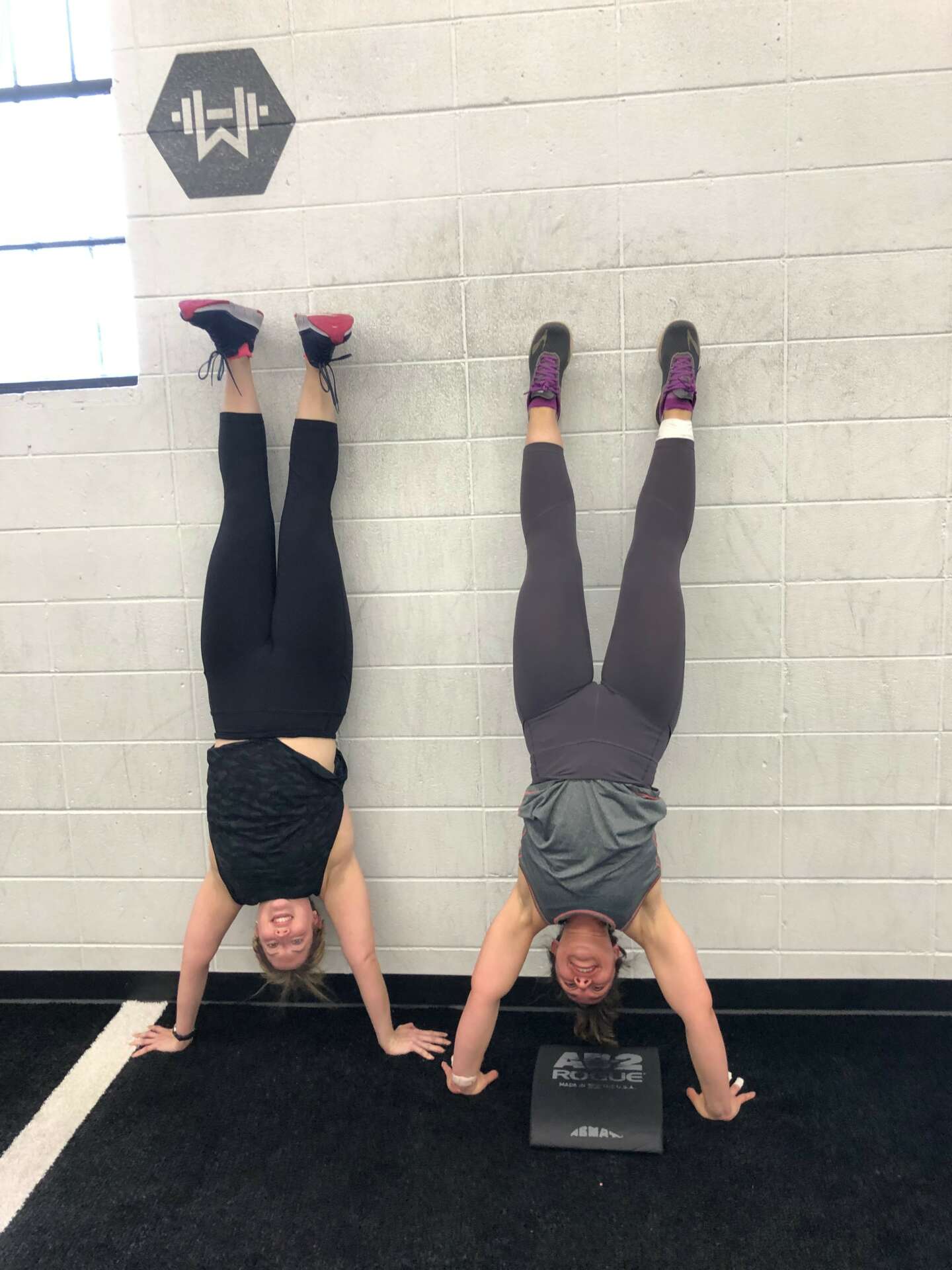
If you could go back, would you choose the same profession, specialty, etc.?
This is an interesting question to answer. Five years ago, I would have told you “no”, but now, that answer is “yes”. As many people are aware, the healthcare system is very broken. Services come at a high price, and facilities remain understaffed. The result is a high demand on the providers to administer excellent levels of care with subpar support from management. I was experiencing caregiver burden and burnout. I had even spent one year a masters program in a totally different field. It was not until mentors in other states educated me on the possibility of self employment as a way to provide quality healthcare at a reasonable price. Realizing physical therapy did not have to fit into a perfect box helped me find ways to make this career what it was always intended to be: helping people. I love this profession because it enables me to come along patients and empower them to improve their quality of life. There is nothing more rewarding than the look on a grandmother’s face when she is able to successfully lift her grandchild from the floor without pain. It is equally fulfilling to celebrate return to sport, play, and hobbies with my patients. This profession is so fun because each day is a puzzle; I hear what is difficult for a patient and figure out how to help them improve their quality of life.
Contact Info:
- Website: ahealingplacebham.com or tendandrelase.com
- Instagram: @ahealingplacebham
- Youtube: www.youtube.com/@ahealingplacebham


